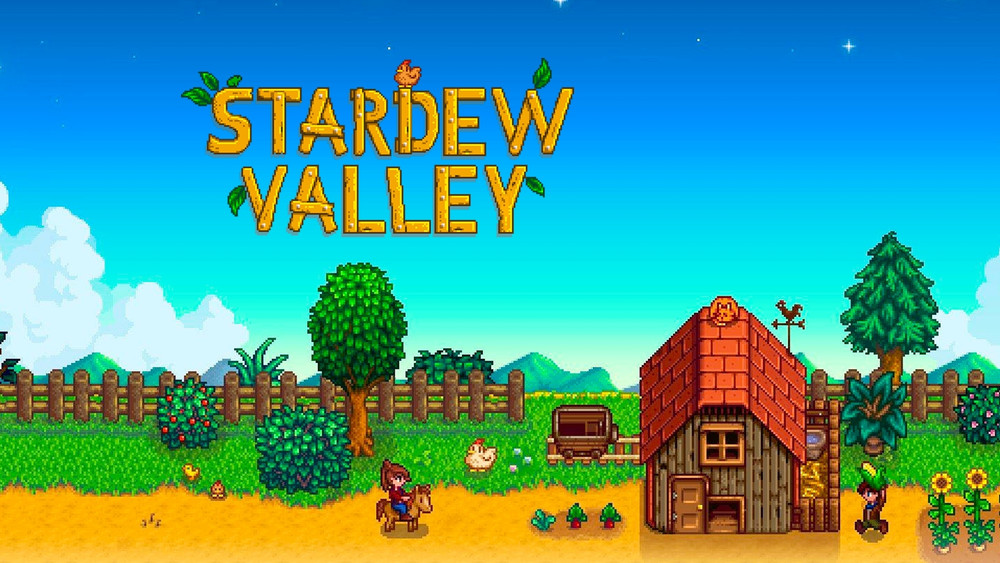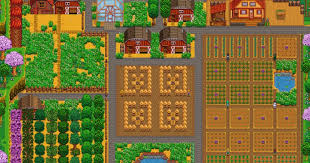
Stardew Valley is not only a popular indie game, but it also offers players a unique sense of accomplishment through effective farm management. By understanding various farming strategies, players can maximize their harvests and enjoy the game to its fullest potential. In this article, we will explore essential tips for successful farm management in Stardew Valley, helping you navigate the nuances of agricultural practices.
Understanding the Basics of Farm Management
Before diving deep into advanced techniques, it’s crucial to grasp the foundational concepts of Stardew Valley farm management. Farming in Stardew Valley revolves around growing crops, raising animals, and crafting goods. Each of these aspects requires time, resources, and planning.
The best way to start is by familiarizing yourself with the different crop types available in each season. For example, strawberries yield higher profits in spring, while pumpkins are the go-to option in fall. Learning the crop calendar is essential for effective planting and harvesting.
Crop Types and Seasonal Considerations
Every season introduces new crops, and understanding which crops flourish during specific periods can significantly boost your income. In spring, crops like cauliflower and green beans can bring in substantial profits. For summer, focus on blueberries and starfruit as they are both lucrative and relatively easy to grow.
It's important to consider crop quality and the use of fertilizers, as they can affect the selling price. Higher-quality crops often yield more profit, contributing to a successful farming experience.
Efficient Resource Management
Resource management is the backbone of farm management in Stardew Valley. Watering your crops, feeding your livestock, and maintaining your tools are vital tasks to ensure productivity. Utilizing sprinklers can save you time and effort, allowing you to focus on other farm activities.
Additionally, keeping track of your resources, such as wood, stone, and ores, is essential for crafting improvements. A well-organized inventory ensures that you have the materials needed for upgrades and expansions.
Crafting and Buildings: Essential Upgrades
As you progress in Stardew Valley, investing in various buildings such as barns, coops, and artisan machines is crucial for efficient farm management. Building a barn allows you to house livestock, while a coop is essential for raising chickens.
Artisan goods like cheese, wine, and preserves can significantly increase your income. Players should prioritize these upgrades to expand their farming capabilities and maximize profit.
Animal Husbandry in Stardew Valley
Raising animals is another exciting aspect of the game. Each animal requires specific care, but they also offer valuable products. Chickens lay eggs, cows provide milk, and ducks produce duck eggs, all of which can be sold or transformed into artisan goods.
Investing in a deluxe barn or coop will increase your capacity for animals, leading to higher production. Remember to befriend your animals; happy animals produce higher quality products, which translates into better sales.
Seasonal Animal Care Tips
Each season requires different strategies for animal care. During winter, animals cannot go outside unless you build a heater for their barns. Ensuring they are well-fed and happy during this time is crucial for maintaining a steady production of goods throughout the year.
Plan ahead by stocking up on feed or setting up an automated feeding system with the right machinery.
Profitable Farming Strategies
Success in Stardew Valley doesn’t just come from farming. Players often employ various strategies to boost their profits. One effective strategy is to focus on high-value crops and artisan goods. For instance, if you can produce wine from grapes, you can triple your profits compared to selling the grapes directly.
Another method is to engage in foraging and mining activities. The items you collect can be sold for a fair price, supplementing your farm income. For instance, items like foraged mushrooms and berries can significantly increase earnings during specific seasons.
Building Relationships with NPCs
Interacting with the townsfolk of Pelican Town is essential in Stardew Valley. Building relationships can lead to friendship bonuses and various rewards, including gifts and recipes. Attend festivals and participate in community events to strengthen bonds with the NPCs.
Consider giving gifts that align with their preferences to boost friendship levels. The higher your relationships, the more rewards and opportunities you will unlock, ultimately contributing to a more successful farm.
Conclusion: The Path to Farming Success
Farm management in Stardew Valley is an exciting and rewarding experience that requires strategic planning, efficient resource use, and adept relationship building with NPCs. By mastering crop selection, upgrading your facilities, and taking care of your animals, you can cultivate a thriving farm.
Remember that patience is key, as each season will bring new challenges and opportunities. Embrace the adventure of farm life and watch your Stardew Valley empire grow!





.webp)

